Things I like, on February 16: the snow-blanketed beach in Atlantic City, viewed from the 39th floor of Bally’s hotel-casino where I was recently holed-up; happy hour seafood at Docks Oyster House in AC (get the Maine clam chowder and the tuna tacos); Carl Van Vechten’s studio portraits of Alvin Ailey, taken in 1955, some of which I caught on the last day of Ailey’s Whitney retrospective; slipping a rock into my pocket;
the word punnet to refer to a supermarket-issued container used for berries (I only learned last week that plastic container is as precise as American English gets); the haunted image of a golden egg floating through space in George Sluizer’s 1998 film The Vanishing, adapted from Tim Krabbé's 1984 novella The Golden Egg (I enjoyed this reviewer’s framing of the film as “a march backward through time”);
numerous shades of roses, including yellow roses, my favorite to give and receive (almost cosmic timing: Dolly Parton’s Yellow Roses dropped a week before I was born), a red "eternal rose" from Teddy, who gets it; artificially dyed blue roses, especially ones with jolts of neon along the petal edges; a scene from The Sopranos where Christopher takes notes on his pillowcase using marker;
and Serviette, a handmade line of fragrances by my friend Trey Taylor, which another friend, Osman Yerebakan, wrote about in T List this week. (I make a cameo in Serviette's campaign, shot by Tina Tyrell.) You can find me in T List too this week, on Wet Reckless, Issy Wood’s new show at Michael Werner Gallery in Beverly Hills. It's made up of oil paintings based on photographs. Pictures of pictures, she says. Her subject matter is American Seduction, made grubby: guns, fast cars, fur coats.


Snow beach, Atlantic City
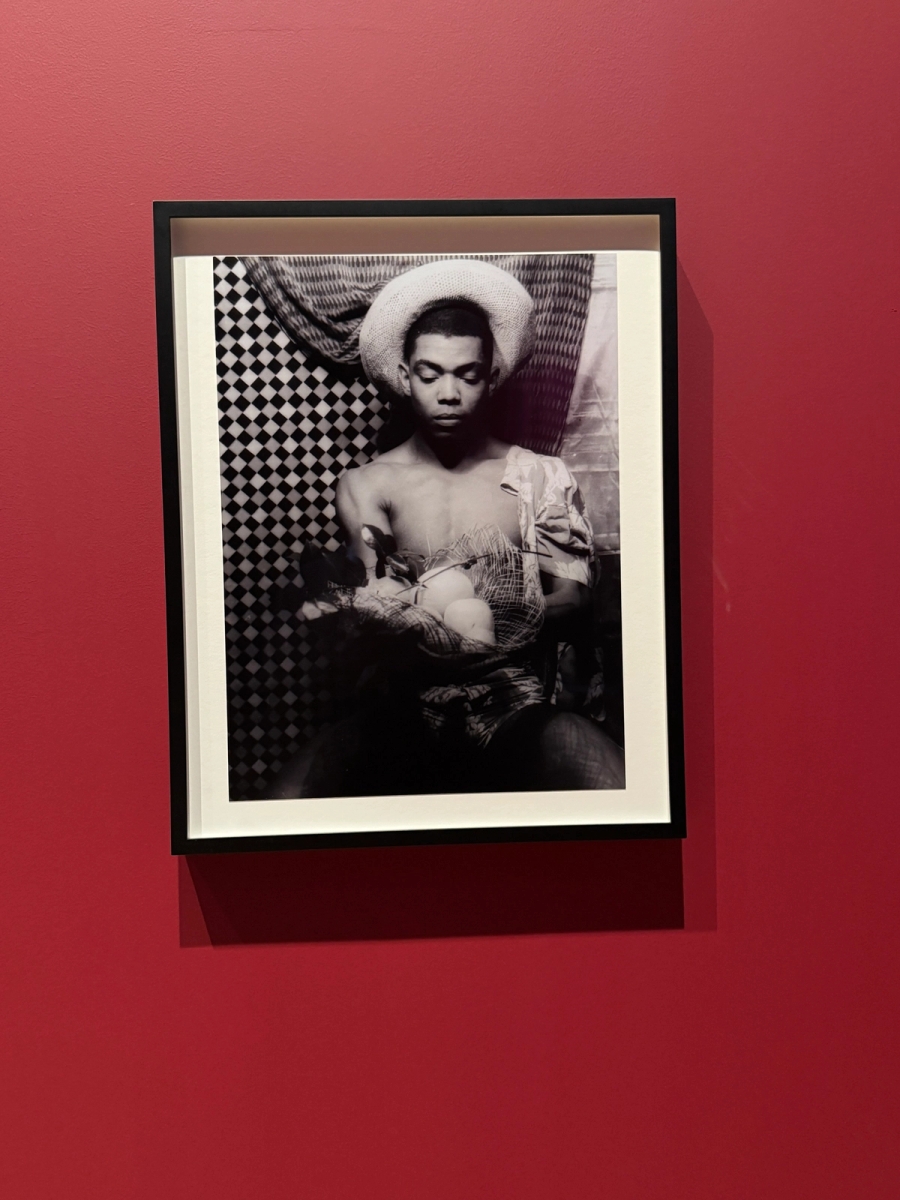
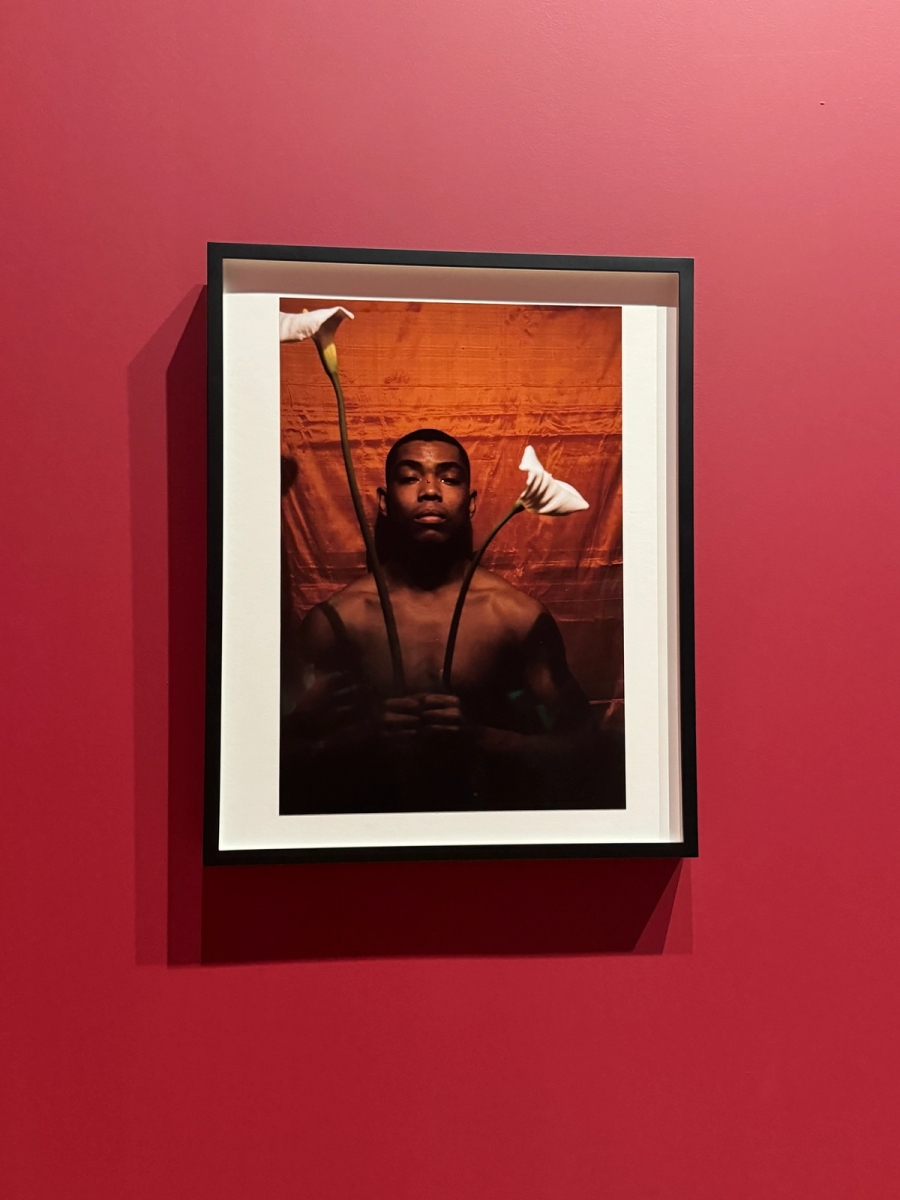
Alvin Ailey by Carl Van Vechten (1955), silver gelatin prints

Everything is a notepad, per The Sopranos

A Serviette bottle, photographed by Tina Tyrell
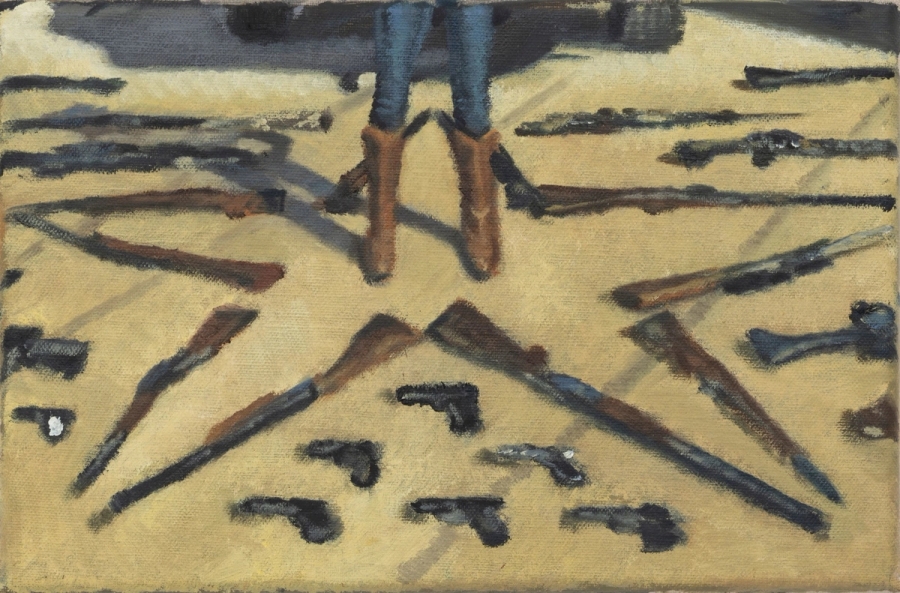
Issy Wood, “Woman with guns”, 2024, oil on linen, via Michael Werner
Doll chronicles:
Perusing eBay, then Barbiepedia recently—I’m the daughter of a doll collector and cross-generational behaviors die hard—I happened upon two figurines tempting me to expand my paltry Barbie collection. (The collection is one of one; she’s from the 2011 Harley-Davidson line. I bought her at The Big E, a multi-state fair in Massachusetts, which hosts an annual butter sculpture and sells a glut of hot tubs.)
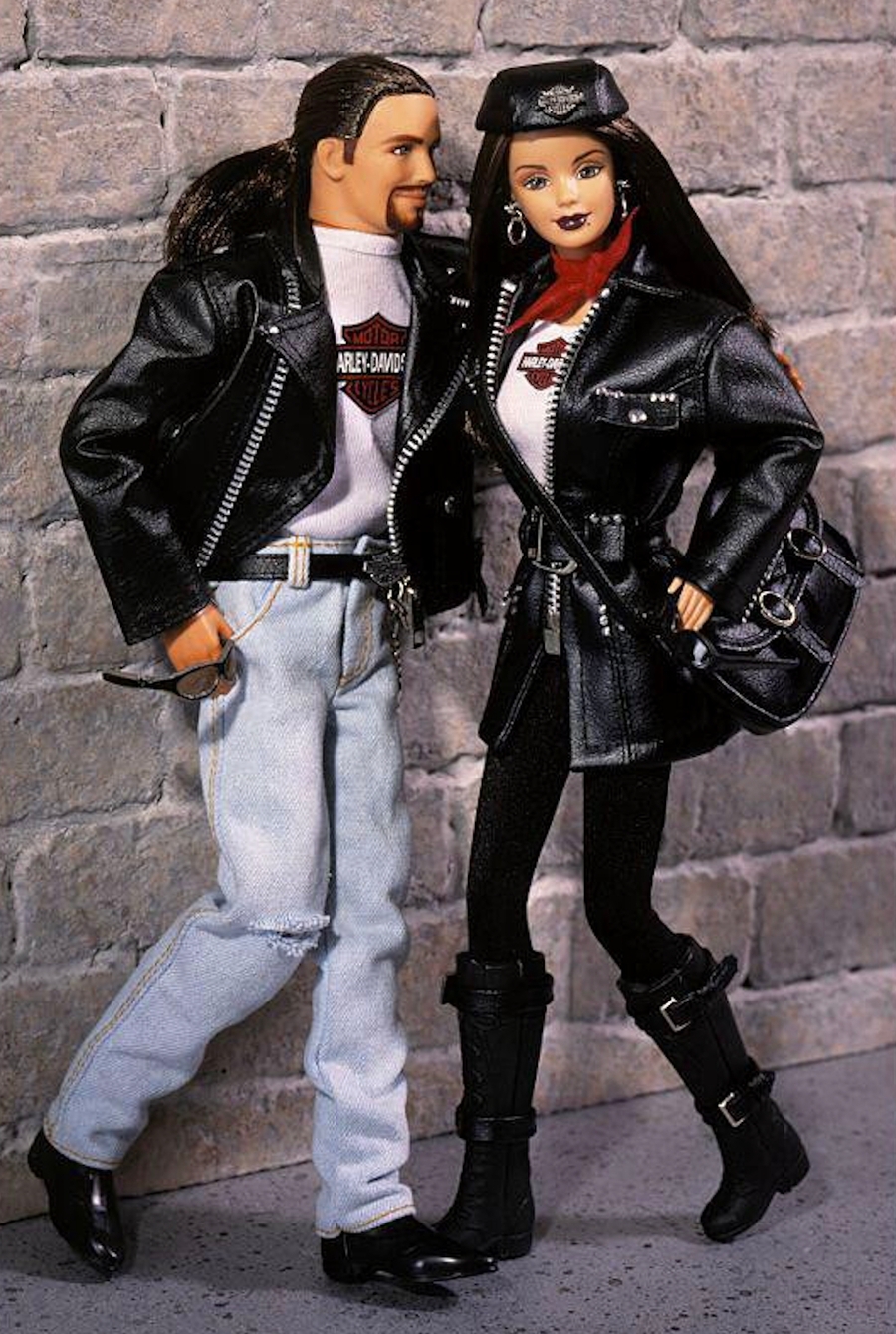
First Barbie: an admittedly unconvincing Alexis Carrington Colby of Dynasty, clad in ruffled gold lame (based on an iconic Nolan Miller gown) and tiny faux diamonds. The effigy was produced in 2010 for Newly Nostalgic, an 80s throwback collection. According to Barbiepedia, the plastic 11.5 inch-tall doll “cannot stand alone,” which is character assassination. I want her, in spite of it. (A strangely charming backup are these World Doll Dynasty collectibles. The Krystal has seen a lot.)

I’ve been watching Dynasty a lot again, and keep thinking about Alexis’ angular, high collared skirt suits by costumer Nolan Miller, who was given a $30,000 budget per episode by producer Aaron Spelling. Miller also did the grey-lavender dress and cape-with-stole Dominique Deveraux wears in her very first scene, which moves so fluidly.
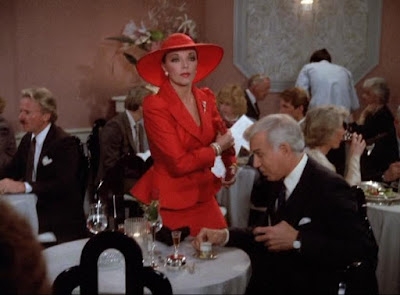

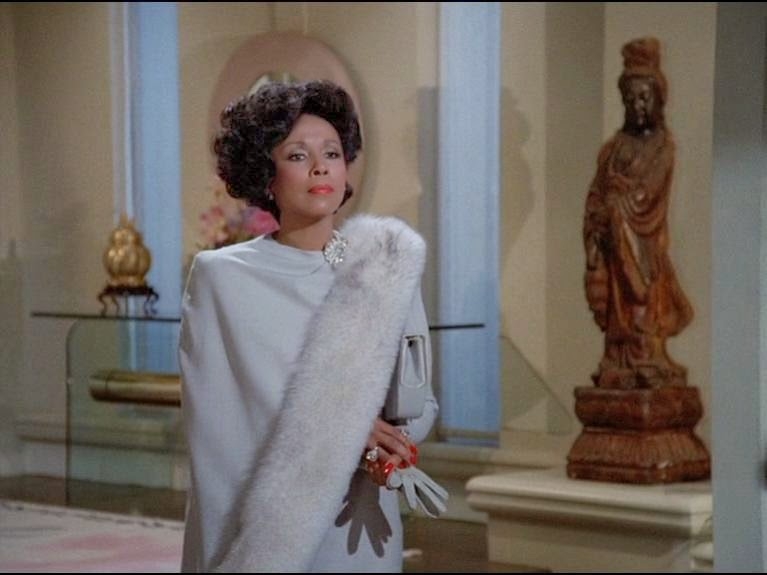
Also of interest to me: eight Hard Rock Cafe-themed Barbies, sold with logo-marked pins..... a reminder that anything is a collector's pin if you write it on the box.
Dolls on film:
If you’re inclined toward dolls, may I recommend Magic (1978), a proto-Chucky movie about a Vegas magician's unraveling? It stars Ann Margaret, Anthony Hopkins, and Fats, Hopkins’ murderous ventriloquist dummy. It’s heavy handed and sometimes wooden (especially when it comes to Margaret's dialogue), but that didn’t bother me. Watched it with my boyfriend and his dummy, Skip.
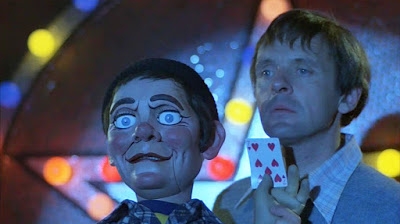
Three things (new exhibitions for T Magazine)
1 . Read me on Dorothea Rockburne, 95, whose first major EU retrospective just opened in London. A lot of the work is very fragile and hasn't been seen before outside the US. “I still take pictures of plants in Central Park,” she told me, perched on a blue sofa in her Soho loft and studio, “and even downstairs, in the building courtyard. There’s benches and bushes there. I like watching how nature behaves.”
2. Read me on Nour Mubarak’s mycelium opera Dafne Fono—an anti-colonial, multilingual, surrealist restaging of Ovid’s Dafne—now on show at MoMA.
3. And on Lucas Arruda’s new paintings show at a Zen Buddhist temple in northern Kyoto.
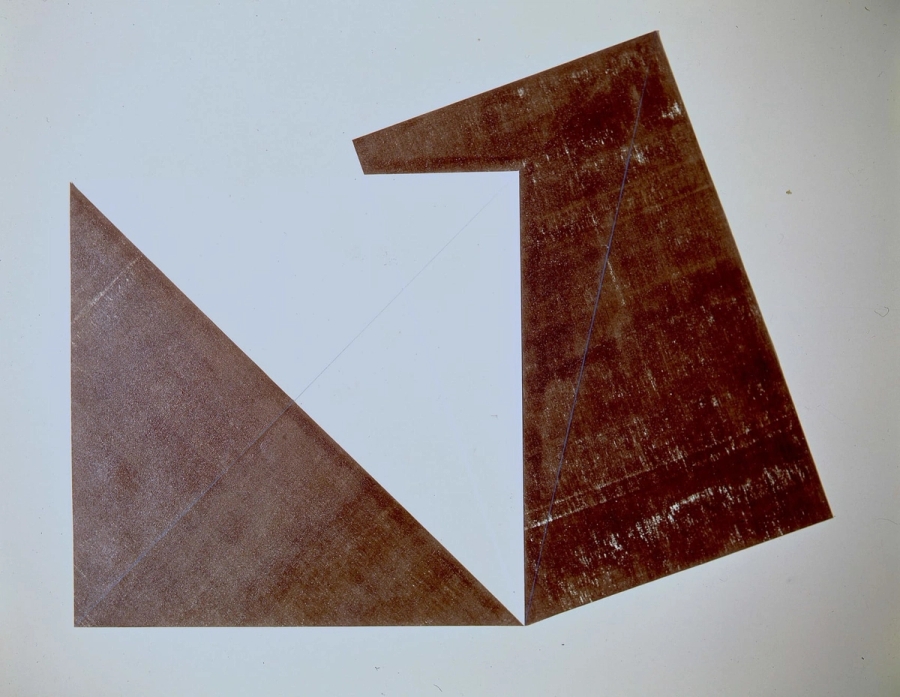
Dorothea Rockburne, Golden Section Painting: Rectangle/Square, 1974, Linen, gesso, glue, varnish, colored pencil, via Bernheim Gallery.
Post Venice Biennale, Jeffrey Gibson installed a football field-sized show at MASS MoCA, much of it centered on expressions of Two Spirit states of being. I loved a two-channel video made in partial homage to Leigh Bowery's 1988 performance at Anthony D’Offay Gallery in London (where he postured before a one-way mirror installed in the gallery's windows). For i-D, I reported on the installation's opening weekend, which included performances by Takiaya Reed and Anohni. Read it here.
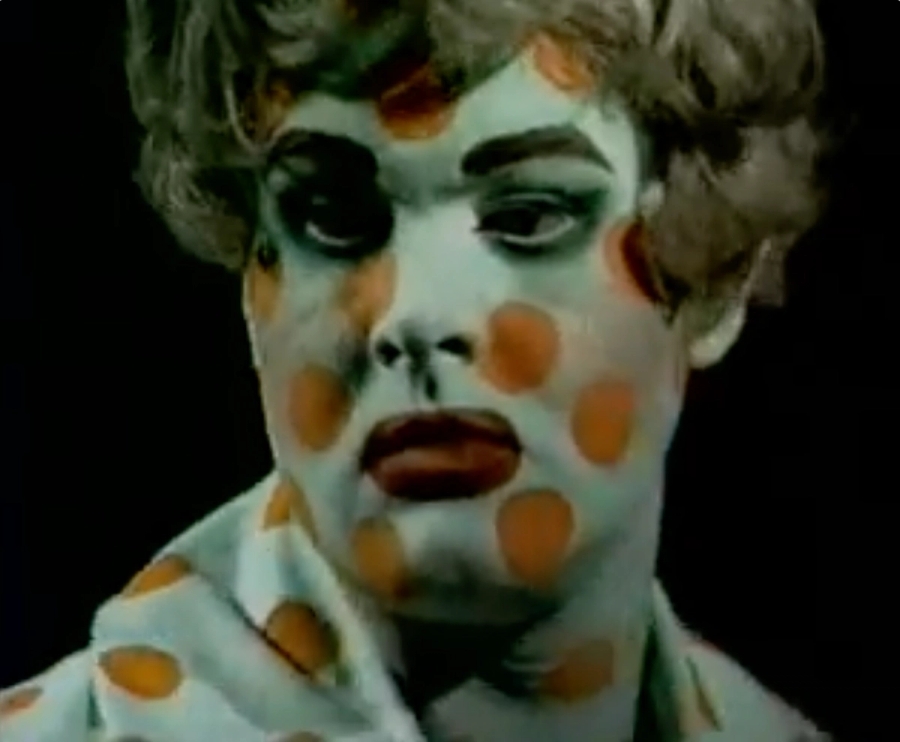

This new website is thanks to my brother Matthew and his team at Studio Matthew Roland Bannister. It was built by Rosen Tomov.
Thanks too, to Poppie, who took these portraits for me outside the library, and inside an OK place to get a martini in Times Square, Bubba Gump Shrimp. (Don’t get the shrimp.)
P.S. To read diary posts in full, click/swipe on text.


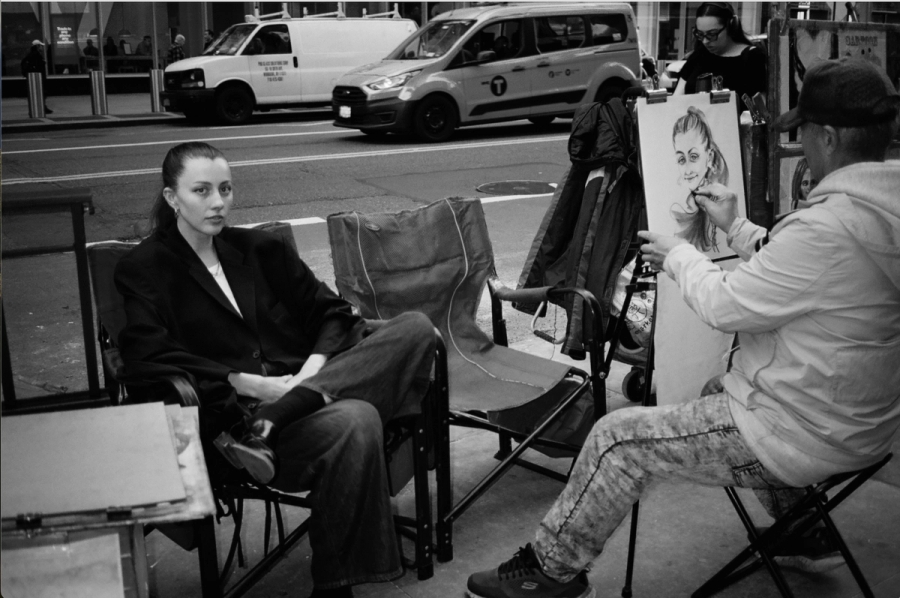
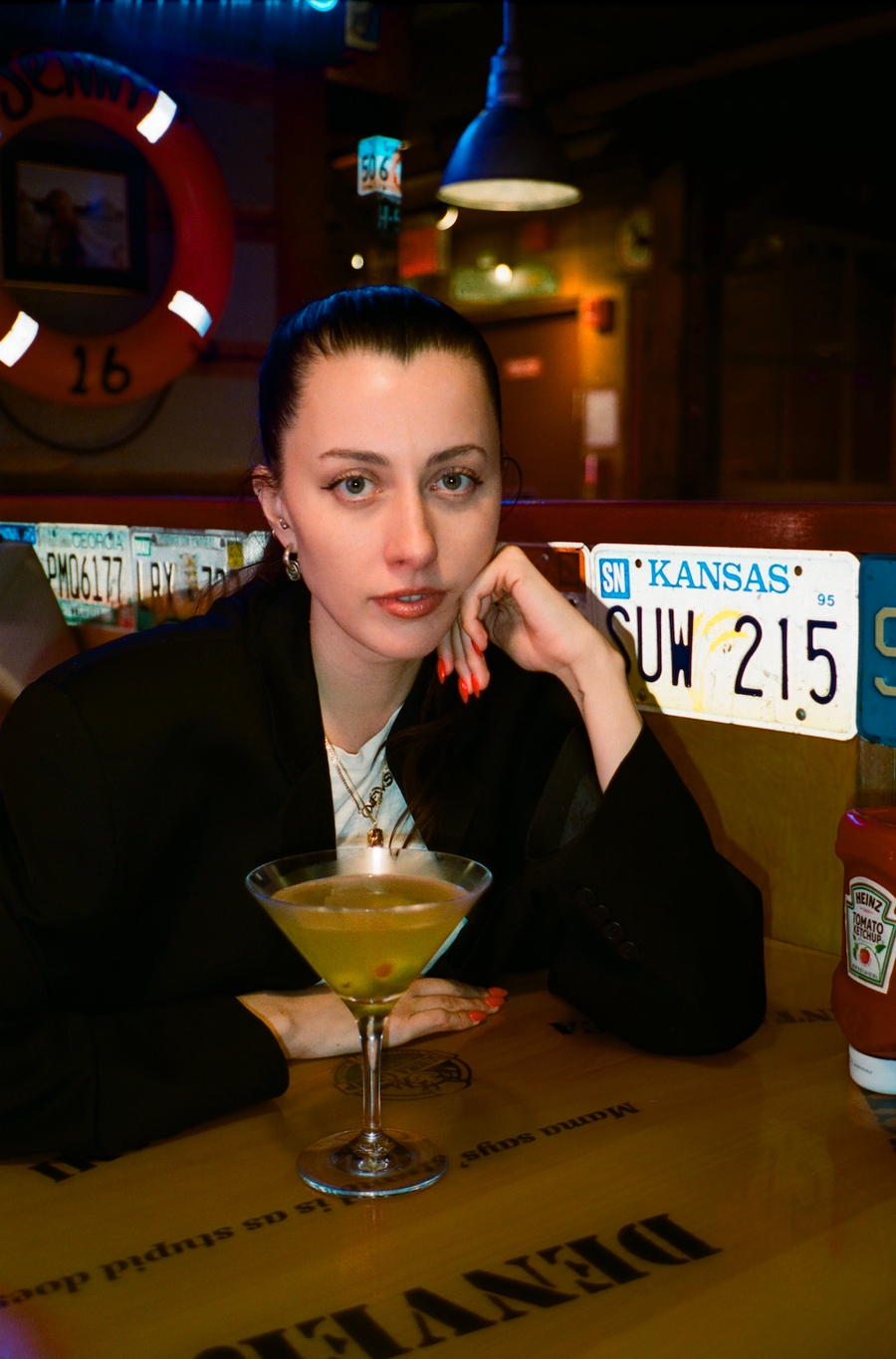

Things I like in early October: the blazing sunburst in this 1984 oil painting by Jutta Koether; night strolls with Frutta e Verdura on loop; a childhood photo mailed to me by my dad, in which my brother and I crouch near a fallen blue gum in the scraggly bushland bordering our home; spotting cast crossovers in soap operas, like Indian actor Kabir Bedi, who’s in Dynasty (original series, one episode) and Bold and the Beautiful (seven particularly insane episodes released in 1994-95);
sautéed eggplant with Sugar Bob’s smoked maple syrup; keeping tabs on mother-of-pearl gambling chips up for auction (I have an incomplete set from Chelsea flea); using tweezers to smoke a roach (very elegant); the closing shot in Flatliners (1990 version), a gradual dolly-out of a mural in which the titan Prometheus steals fire from Mount Olympus (the whole movie, in which med students "play God" by stopping their hearts for minutes at a time, is shot like a Greek tragedy);
six photos of "modern heads" by David Lynch for Interview in 1988; a small, Brutalist sculpture of a sun, which I splurged on, having found it was made in the workshops of excommunicated Benedictine monks (apparently the chapter was getting into psychotherapy, which the church didn't approve of); Teddy FaceTiming me from a Motel 6 carpark, or a Yosemite campsite, or the blacked-out casino where he’s eating breakfast, or a green room, or a convenience store with two pool tables at the back;
this passage on silence in The Hearing Test, Eliza Barry Callahan’s novel about an artist who suddenly goes deaf:
“I began to note simple and unremarkable patterns around the word, such as that seeing, staring, hanging, or watching are often coupled with silence. That the adverb completely often precedes silent. That the verb fall often precedes silent. That the architecture of silence is the gaze. That silence is without transition. That silence is dressed as an injury.”
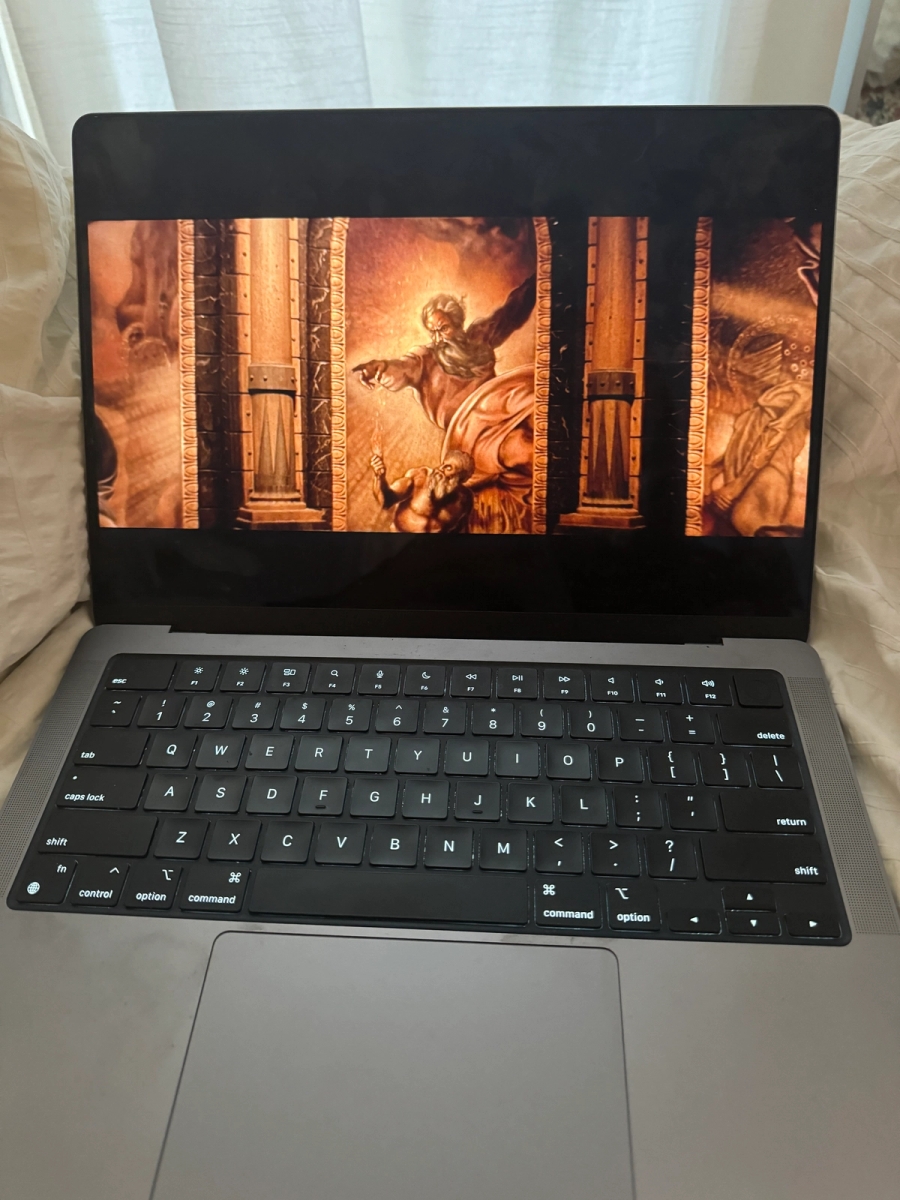
The end of Flatliners.
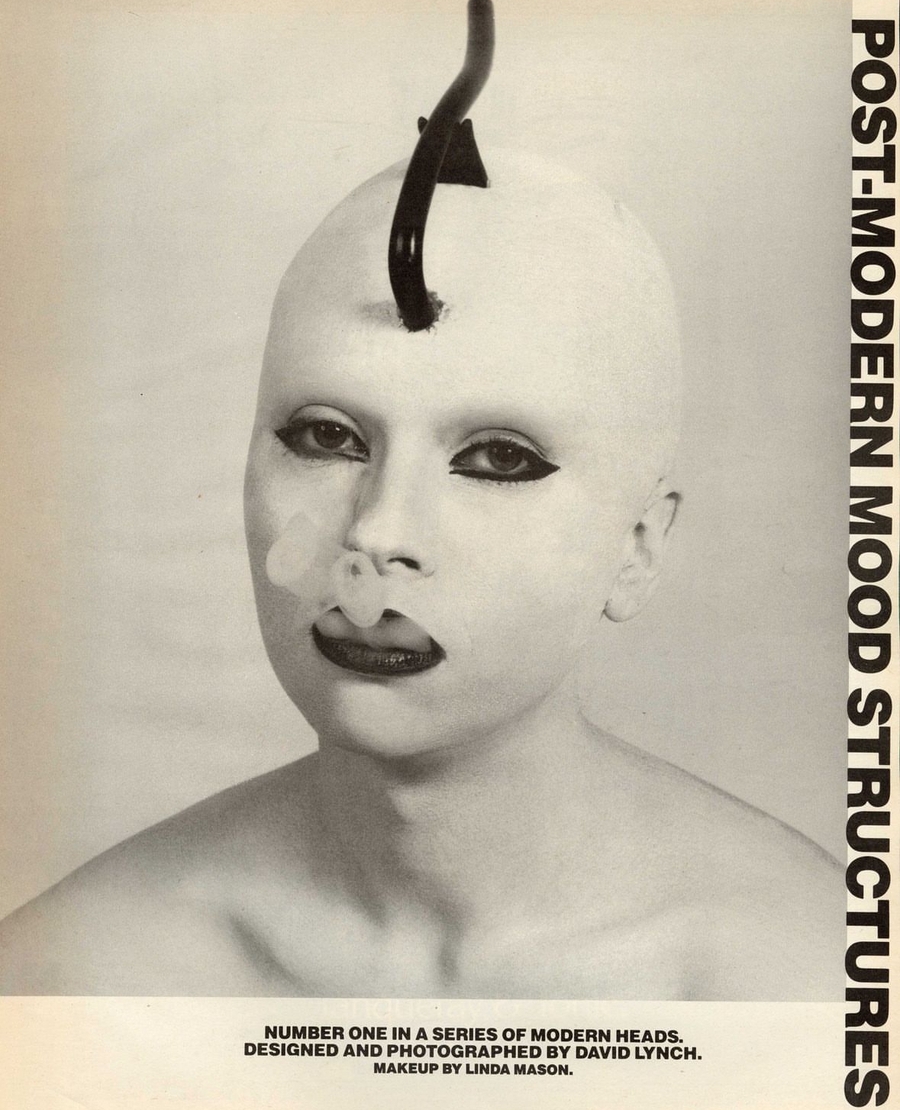
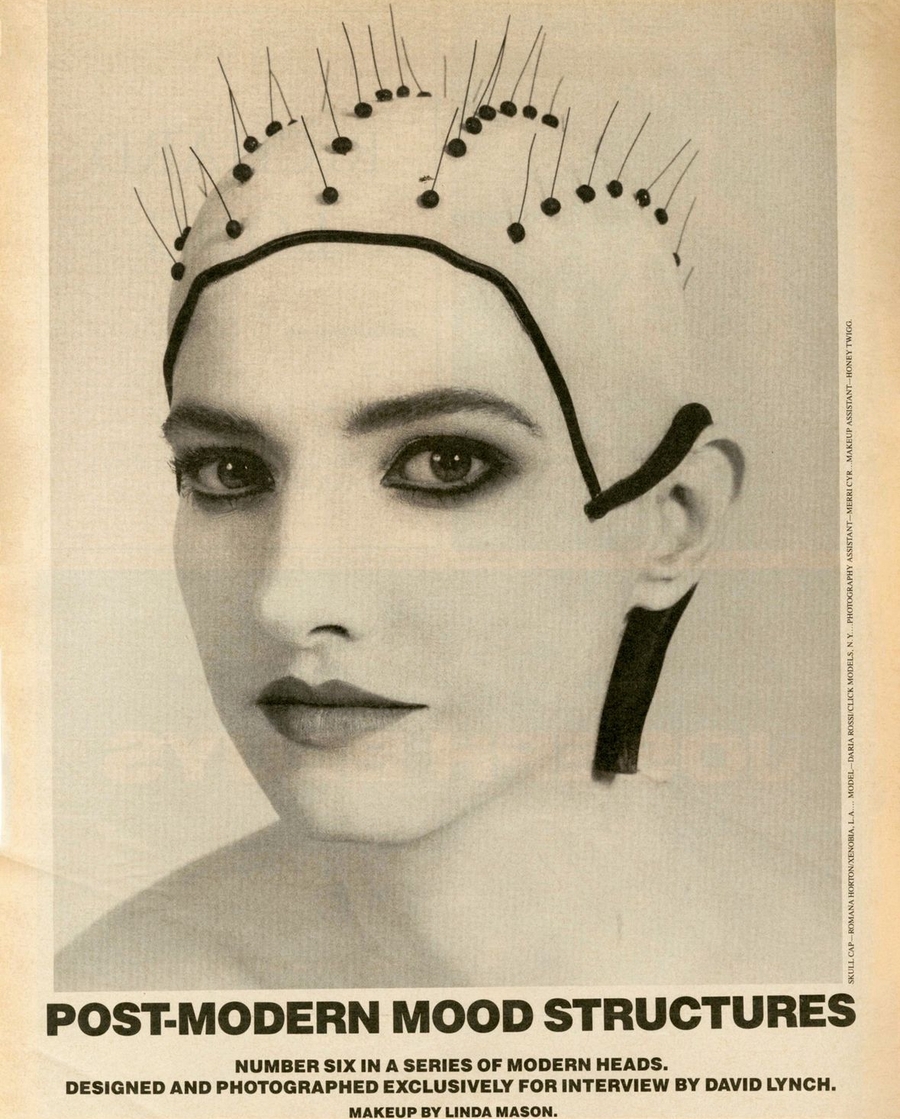
Post-Modern Mood Structures by David Lynch for Interview, 1988. Makeup by Linda Mason and Paul Gobel. Found via archivist Nikki Igol, who is the director of image research for Pat McGrath.
(I interviewed Igol, and her archivist partner, Nelson Harst, years ago for The Face, which you can read.)
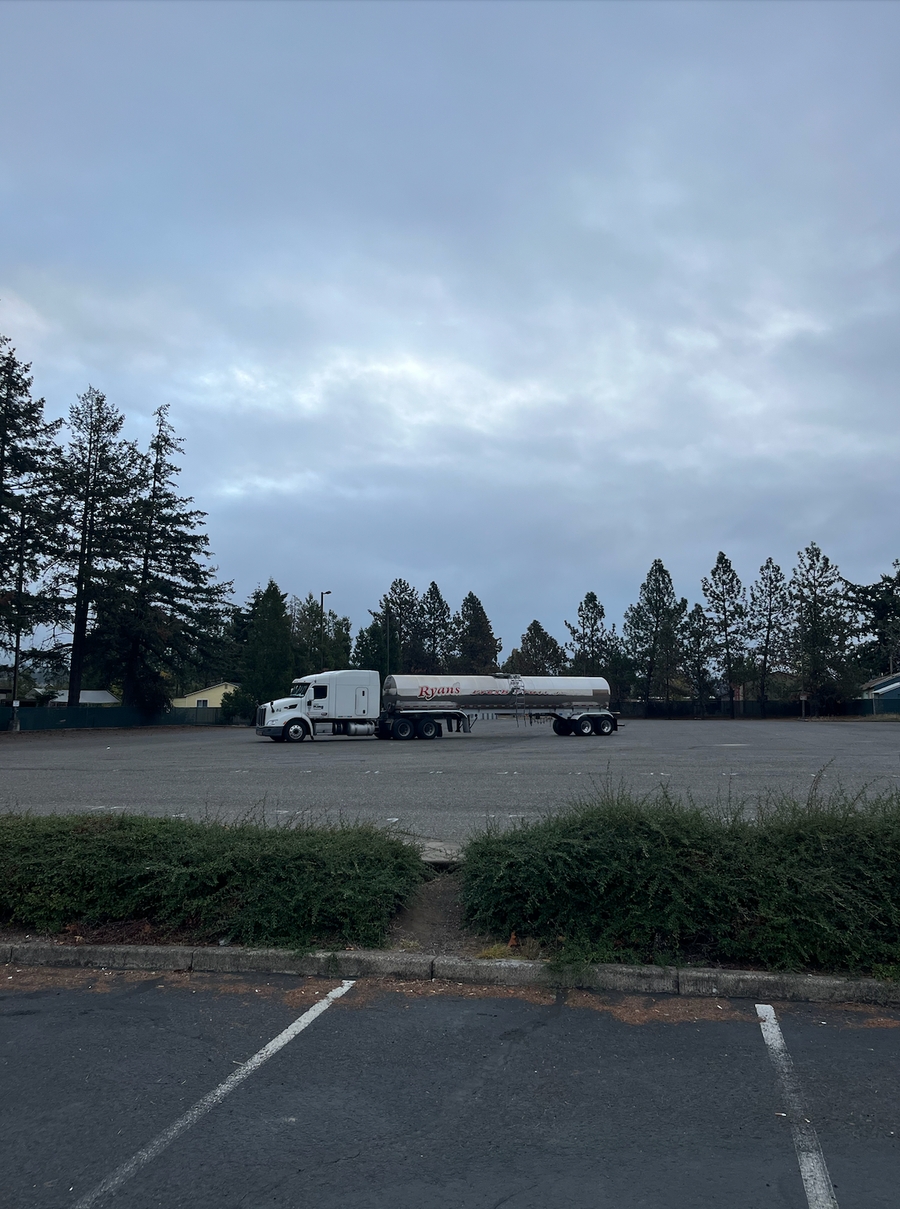
Motel 6 parking lot in Sutherlin, Oregon, via Teddy.
Been writing a lot for T List. Read me on Meeson Pae’s first solo show at Anat Ebgi (here); Arlene Shechet taking Storm King (here); crumpled tissue paper-on-canvas by the late Nancy Brooks Brody (here); Rick Lowe's new monograph (here); a fantasy sitting room by Mexico's AGO Projects (here); and a Gagosian presentation of furniture designed by the Italian writer, editor, activist, and fascist-turned-communist, Curzio Malaparte.... aka Kurt Erich Suckert of Casa Malaparte (here).
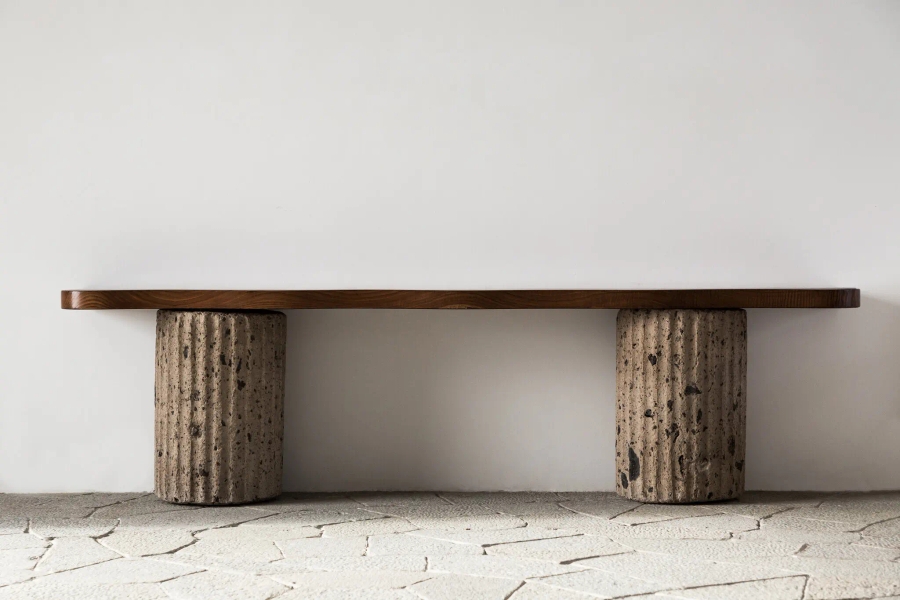
A console conceived by Curzio Malaparte. Photo by Dariusz Jasak.
I Went To Mexico City And All I Got Was The Ten-Piece Wings At Hooters San Angel


Enthusiasts of the chain might consider the following Hooters merch available on eBay: a model Boeing 737-200, branded as defunct 2000s airline Hooters Air (which was headquartered in Myrtle Beach and marketed to male golfers); “Calendar Girl” hosiery, open-toed and never worn; and my personal favorite, “Hooters Goes Computers,” a trio of floppy discs featuring screensavers of “The World Famous Hooters Calendar Girls… And a Few Surprises!”

I wrote about seashells in art—and a new group show at Marta, LA, centered on artificial shell grottoes—for The New York Times. (In shell-related stories, here's an older piece I wrote for Vogue, on shelling at Sanibel Island.)

Speaking of meetings between man and calcium carbonate.... my friends and I, walking along a shoreline in East Hampton, once spied multiple trees whose branches had been loaded with seashells.




From my notes app, on fires:
There had been a handful of formative encounters with fire. Twice, bending over birthday cake candles, my ponytail ignited. Shrieks ensued—from my mother, from high-school classmates—as I huffed and puffed, oblivious, hair reeking of burnt rubber.
I was not a physically adventurous child. I knew hell was full of flames. I was scared of the blue glow on the stovetop. The small infernos erupting from pocket lighters.
More than once growing up, during bushfire season in southern Sydney, we evacuated our family home, right before the dry native scrub turned vermilion.
My family lived in a looping real estate development, near a national park and a nuclear reactor, with one road to enter and exit. I don’t remember those early bushfires, just running from them: piling into a Toyota Corolla, mum/dad/brother/me, all our important documents, some clothes and toys. We joined the pileup of our neighbors, all taking the single road out.
Eucalyptus trees (as well as wattles, banksias, bottlebrushes) filled the spaces between the development's houses. Their bark, which is thin and deciduous, can easily catch fire. On windy days, the bark can be blown miles away, launching new bursts of red. Unless stopped, they'll be subsumed by the propulsive force that firefighters call the "head fire."
Sometimes, in those days, the smoke-tinged sky would turn orange. I saw that fire could trespass anywhere, even heaven.
The fire in T and I's AirBnB was contained and well mannered. It roared politely behind its black iron gate—a domesticated beast. It was a fire that we started, he and I, first using the two heaps of firewood that the host had left for us. Once depleted, there was a mid-week delivery of logs, which arrived via wheelbarrow.

In the daytimes, T would leave to work at a studio nearby, and I’d arrange myself near the airbnb fireplace with my laptop for hours, prodding at the flames now and then with a suite of long iron tools. Keeper of ash! One night, just after T arrived back, he and I pulled the sofa in front of our burning television and watched its small modulations for hours.
I texted multiple people that I was in love with this fireplace. I took incessant videos of the flames.
It took a while to get the fire's logs to catch. Not like eucalyptus trees. The living room was damp and cool—partly due to the tall surrounding brick gates, which cast shadows through the property—so you had to first turn on the dehumidifier, then coax the flames alive with a fire-starter gel.
The gel was bright blue and translucent. Radioactive toothpaste. I smeared it along the wood, then used the skinny plastic lighter to ignite the wobbling lines. The dual action was a power trip. Wet it, light it. I was goading nature to do my bidding, convincing flames to be born where I pleased. Momentarily they'd move where I wanted them to, for a few seconds, along the strips of gel. Then, of course, they were no longer mine. They'd sputter and explode.

On Stelarc's Street Suspension, July 21, 1984
In pictures of the event, which lasts for 12 minutes, his body is a parachute, a parade-float balloon. Dark tufts of hair sprout around his upper chest and groin. He isn't wearing any clothes.
In the pictures (which are shot from the ground, camera pointed skyward), the man is horizontal. He floats high over East 11th Street, seemingly parallel with the upper floors of the surrounding buildings. Behind the man, a darkened beam punctures the silence of an overblown sky.


Though the man's facial expression is hard to make out at this distance, the casual arrangement of his body suggests he is at ease. His arms and legs are gently extended. His hands, open palmed. His fingers splay like Christ in Raphael’s The Transfiguration.


In a statement, however, the man claims his suspension is not driven by a yearning for religious transcendence, nor for shamanistic empowerment.
He describes his suspended body as "obsolete."

The best pictures of the airborne man—aka, the post-humanist artist, Stelarc—are these black-and-whites by Ruby Ray. In them, he reminds me of a venturesome acrobat, held afloat by invisible string.
I say best pictures because, through some collision of vantage point and weather conditions (the sunlight too dazzling, or the day overcast) Ray's images erase the explicit violence of Stelarc's suspension. They offer us something more earnest and stoic, something closer to effigy.

Most images of the suspension are shot from the fourth floor of a nearby building. Up there, closer to the action, we see a system of steel cables and pulleys hoisting up Stelarc. They are attached to heavy steel hooks. The hooks puncture chunks of Stelarc's unclothed flesh, rendering it inert. They tear through his back, arms, thighs and calves.
Over several decades, Stelarc staged 26 body suspensions, outdoors and inside galleries. In all of them, he is hooked. In one performance, his ravaged body gives way quickly; he faints after a minute. Anesthetized and pacified, stripped, mute, and vulnerable, Stelarc first hung vertically, then upside down, "and later, obliquely." In some suspensions, like the one in the East Village, his limp body is moved using pulleys and cords, very slowly, like a marionette.

"The stretched skin is a kind of gravitational landscape," Stelarc writes on his website. He says the extreme and prologued pain of the hooks collapses the distinction between mind and body, forcing him to experience himself solely as his flesh. The mind is either temporarily estranged, or been swallowed up into the body-vessel.
"A suspended body is a zombie body. It does not think because it does not have a mind of its own, nor any mind at all in the traditional metaphysical sense. To be suspended is to be between states. To be neither one nor the other."